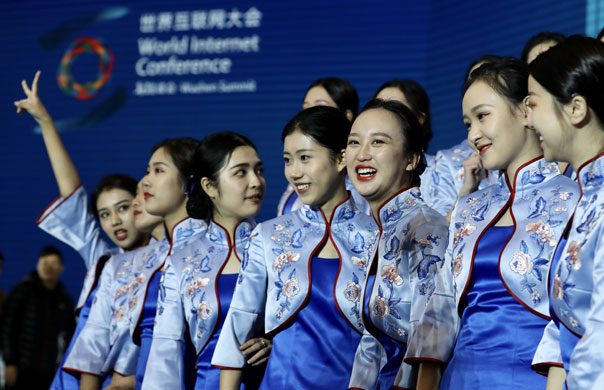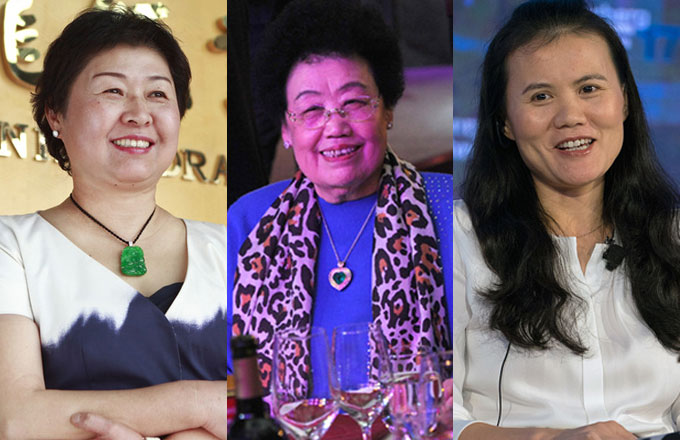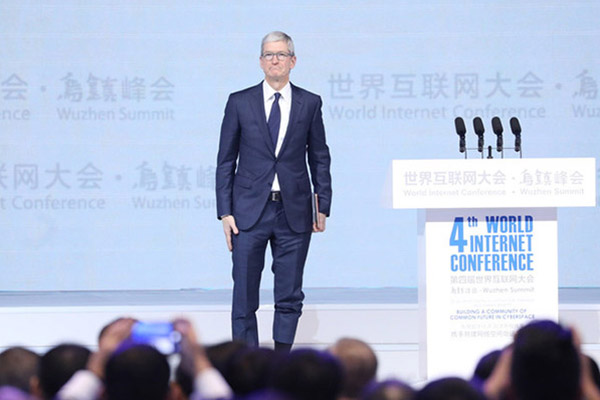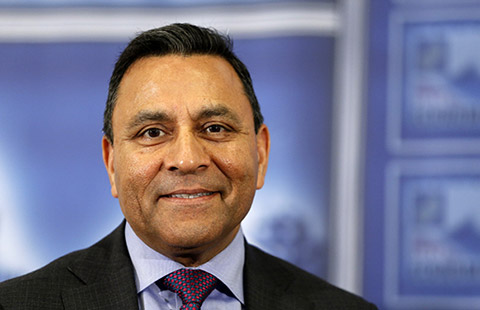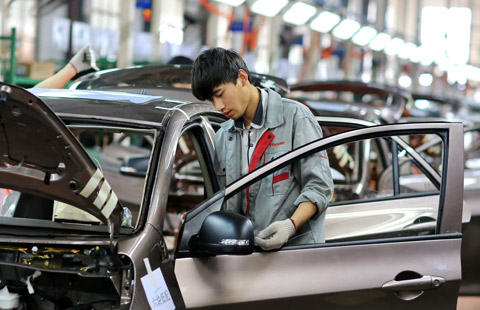Realizing dream of healthcare
The fact that the United States and China unfolded their gigantic national healthcare reforms almost simultaneously is reflective of the daunting health policy challenges that most countries' governments are grappling with. Skyrocketing healthcare costs best describe the thorny problems testing policymakers' wisdom and determination.
While Obamacare (the healthcare system propounded by US President Barack Obama) has barely survived US Congress' obstruction and remains controversial, its Chinese counterpart has been running for five years at a considerably smooth pace.
China had good reason to feel proud for having an internationally revered healthcare system before the 1980s. The system, however, experienced astonishingly rapid deterioration in the course of China's stunning economic rise. Dwindling government funding to public hospitals and rapid commoditization of healthcare prompted hospitals and doctors to pursue profits, something they had to count on for survival and income. Compounded by the shrunk insurance coverage in the 1990s, healthcare became increasingly unaffordable to most Chinese citizens. Costly medical bills impoverished many lower-income families. In a global ranking of healthcare systems by the World Health Organization, China's system was considered among the least equitable, which was shocking for a socialist country.
Luckily, it didn't take too long for the Chinese government to turn the tide. Most dramatic changes took place in the countryside. Thanks to the titanic financial injection, the newly launched New Cooperative Medical Scheme, a community insurance plan has brought more than 96 percent of rural residents under its umbrella. It is to be noted that before the pilot in 2003, less than 5 percent of the people were insured.
Behind the sizeable financial input into healthcare is the top leadership's strong commitment to social welfare. For instance, reports suggest former president Jiang Zemin's firm support played a decisive role in launching the NCMS. The rising position of healthcare on the government's agenda has also been translated into increased coverage of urban health insurance.
Different from the concept of insurance in many Western countries, the premium contributed by those insured in rural areas and cities are matched by substantial government subsidies, further relieving people's financial burden. This has provided additional incentive for lower-income people to join the insurance scheme.
Announcing the landmark national healthcare reform in 2009, the government vowed to achieve universal health coverage by 2020. Despite the basic benefit package, major health insurance schemes have covered more than 95 percent of the country's population, getting closer to universalism.
However, healthcare reform means much more than the mere expansion of insurance coverage. Lessons learned from other countries should remind Chinese health policymakers of the importance of a well-functioning service delivery system. Sweeping commercialization of health services in the past three decades has given rise to and nurtured a multitude of perverse incentives in Chinese hospitals.
Over-prescribing medicines and tests, abusing expensive technologies, and irrational competition for state-of-the-art equipment are still rather common, fuelling costs and leading to massive inefficiency. Being aware of this, the government has come up with a clear set of solutions. The government's priority list includes reforming the mechanisms of paying hospitals and doctors, standardizing healthcare provision, and regulating the use of pharmaceuticals.
Healthcare is a very difficult policy area. Health policy problems often frustrate reform efforts, as seen in other countries. But despite its challenges, the Chinese approach to healthcare reform offers the developing world many valuable lessons.
First, the State has taken up some essential responsibilities, reflected not only in its strong political will, but also in the tangible financial resources it has provided. The increasingly strong financial muscle of the Chinese government has allowed it to undertake more meaningful health policy interventions.
Second, healthcare reform is inherently difficult, partly because of the deep involvement of too many actors, including bureaucracies. The bureaucratic fragmentation used to be described as "nine dragons governing one water (body)". But the healthcare reform has made significant progress by strengthening policy coordination.
Headed by Premier Li Keqiang, the central steering committee has been coordinating policy implementation and has overcome various institutional obstacles, paving the way for smooth reform.
Third, healthcare reform is a long process in which sequencing matters a great deal. The government started building the health financing framework in the 1990s in a systematic manner. After the establishment of three major social health insurance systems, it focused its efforts on reforming the service delivery system. Unlike the failures of healthcare reforms in some other countries, the Chinese reform is well concerted.
In the 1970s, China's healthcare system was lauded by WHO and the World Bank as a model for developing countries. Now, China's ongoing healthcare reform could again get global recognition as a model for the developing world. And it has to succeed because it is an important part of the Chinese Dream to improve Chinese people's livelihood and keep them physically fit.
The author is assistant professor in the department of Asian and Policy Studies, Hong Kong Institute of Education.






